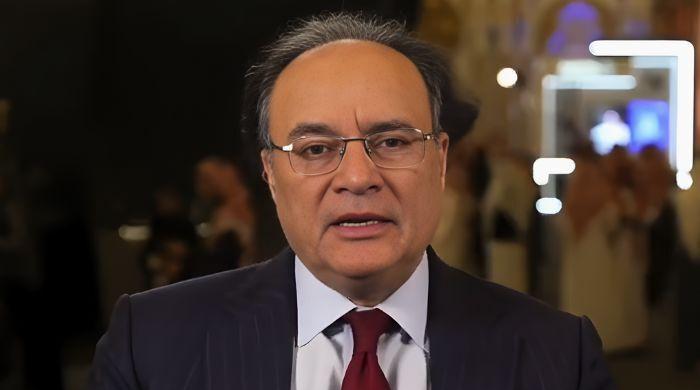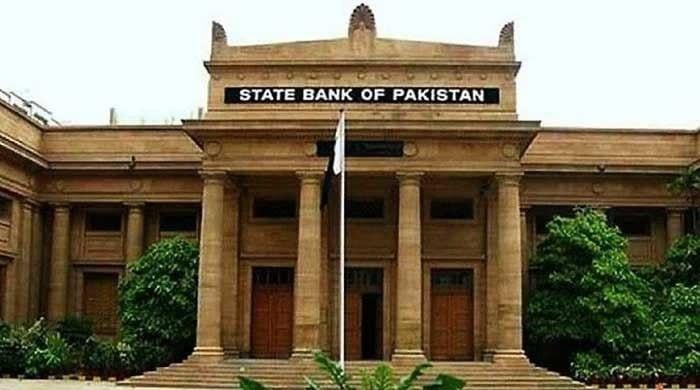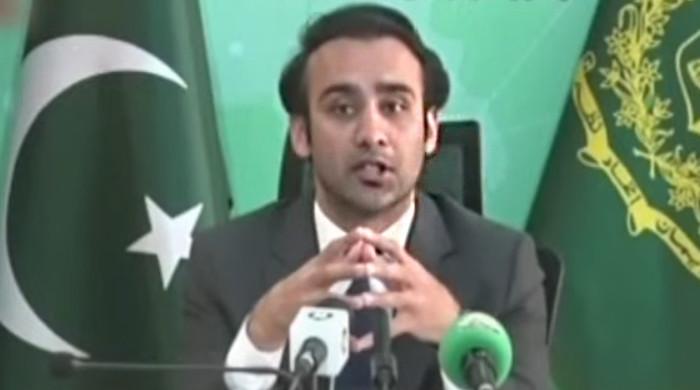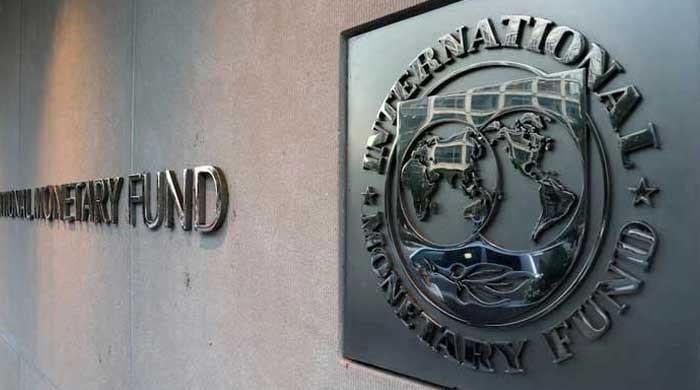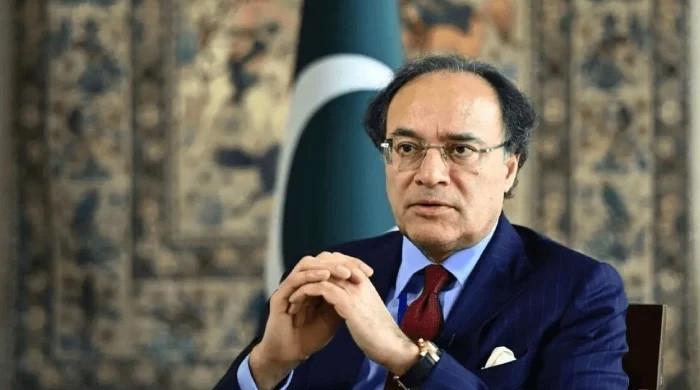Pakistan mutual fund assets rise to Rs3.9 trillion in six years
Conventional funds surge 5.2 times over period to Rs2.206tr, while Shariah-compliant funds surged 6.7 times
August 17, 2025

- Mutual fund assets peak Rs4.43tr Dec 2024, drop to Rs3.93tr June 2025.
- SECP links decline to govt tax policy, temporary bank-driven fund shift.
- Retail investors hold 39.2% AUMs 2025, corporate share slips to 61%.
ISLAMABAD: The size of Pakistan’s mutual fund sector has surged almost seven times over the past six years, with assets under management rising from Rs578 billion in 2019 to Rs3.93 trillion by June 2025, fuelled by robust growth in both conventional and Shariah-based funds, latest figures from the Securities and Exchange Commission of Pakistan (SECP) show.
The News reported that conventional funds rose 5.2 times over the period to Rs2.206 trillion, while Shariah-compliant funds surged 6.7 times to Rs1.726 trillion, narrowing the market share gap. Shariah-compliant products now account for 44% of the industry, up from 39% in 2019, reflecting rising investor preference for Islamic finance.
After jumping from Rs2.70 trillion in June 2024 to Rs4.43 trillion in December 2024, mutual fund deposits fell by more than half a trillion rupees to Rs3.93 trillion in June 2025.
A senior official of the SECP attributed the sharp decline to the federal government’s announcement of an incremental tax of up to 16% on banks with an advance-to-deposit ratio below 50% as of Dec 31, 2024. “To meet the Advance-to-Deposit Ratio requirement, banks had to either expand lending or reduce deposits. To ease deposit pressure, they encouraged large clients to shift funds into mutual funds, temporarily boosting mutual fund assets. Once the ratio target was met, much of that money flowed back into the banking system after December 31,” the official said.
Decline was around 10%, from December to June 2025, though a substantial increase on a year-over-year basis, he added. The official said that the SECP has been holding focus group sessions with industry stakeholders to map the next phase of reforms.
Key priorities include the digital transformation of mutual funds, the introduction of exchange traded funds (ETFs), and launching infrastructure and ESG-based funds to tap sustainable investment demand.
The regulator also plans to revamp mutual fund distribution models, promote systematic investment plans (SIPs) for retail savers, and enhance financial inclusion, with a special focus on women investors. Additionally, reforms are on the table for prudential limits, governance, and transparency standards to safeguard investor interests.
Market analysts say the sector’s growth has been fuelled by a mix of low bank deposit returns, rising financial literacy, and regulatory support. However, they warn that sustaining momentum will require innovation, wider accessibility, and robust oversight. With mutual fund penetration still low compared to regional peers, the SECP’s reform agenda signals a push to deepen capital markets and channel more domestic savings into productive investments — a shift that could support Pakistan’s broader economic development goals.
Retail investors now hold 39.2% of Pakistan’s total Assets Under Management (AUMs) in 2025, up from 38% in 2019, while corporate investors’ share reduced to 61% against 62% in 2019.
The SECP data also shows that 56% of total AUMs are conventional, while 44% are Shariah-compliant. There are now 768,769 individual investors and 6,361 corporate investors in the market, showing widening retail participation in mutual funds and capital markets.




